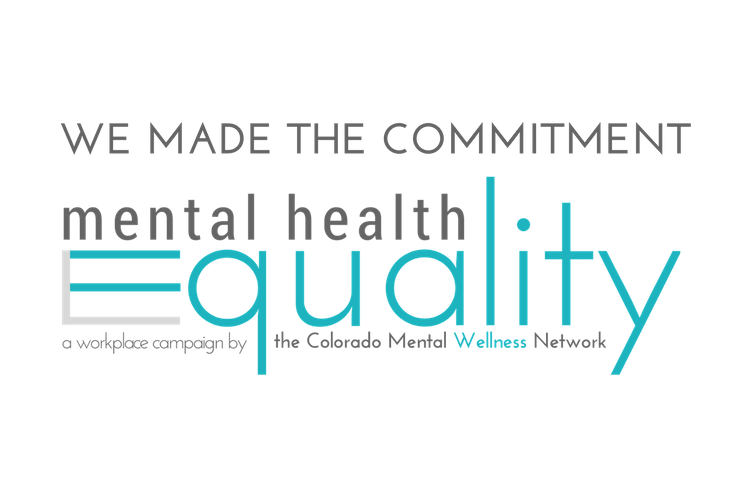Nature of the problem
There is interesting disparity in understanding regarding the health care reform act and the impact on requiring individual coverage. The assumption is that it violates individual freedom of choice and will be costly to that individual. But in actuality, the impact of the individual coverage tax penalty of the Act will affect only 2% of the population.
Some thoughts on the PPACA
Last week, the Supreme Court of the United States held 6.25 hours of discussion regarding three pieces of the PPACA: severability, the constitutionality of the individual mandate, and the effect of overturning the mandate. To listen to the various sessions that occurred, you can find those here:
Day 1: Department of Health and Human Servs. v. Florida
Day 2: Department of Health and Human Servs. v. Florida
Day 3: National Federation of Independent Business v. Sebelius
In these many arguments, some interesting points stand out to us (please keep in mind that we’re not lawyers, we are behavioral health experts):
- Choosing to not purchase something is still a decision of commerce. Choosing to not purchase today may result in increased cost tomorrow and therefore deferring the decision is an increased risk to the overall economic fabric. Further, deciding to not engage in the economy is in its own right still engaging with the economy as choosing to not purchase something means that the demand/supply relationship is affected by not purchasing.
- It would seem that since Massachusetts already has an individual mandate within the state, and that there are no limitations to traveling across or emigrating to other states within the Union could mean that one could defer purchasing insurance until a critical or chronic condition occurred and move to Massachusetts and increase the liability and cost of the risk pool, thereby adversely affecting the Massachusetts healthcare burden and budget.
From a Social Psychology perspective, it is clear that choosing, or not choosing, to participate in a program that ultimately will be utilized by the greatest majority of citizens at some point in their lives, is a behavior of short-sighted self-interest and poor, long-term risk management.
Impact
If the Supreme Court overturns the tax penalty portion of this law, there are projected scenarios that include bankrupting insurance companies as the number of those with pre-existing conditions who have been limited in obtaining insurance will sign up. The healthy may not enroll, thus shrinking the pool that the risk can be distributed across. The U.S. government may then be faced with bailing out the insurance companies which it, in all likelihood, will not be able to do. The other hidden cost is that those who are “healthy” and uninsured are still at the same risk for mental health and substance use problems. The research in the behavioral health arena has documented consistent epidemiology data that those in the “healthy” group are no less vulnerable to addictions, depression, anxiety disorders, and other mental illnesses than other groups in the population. In addition, the costs to employers of these illnesses are significant. Individuals with co-morbid diagnoses have significantly higher medical costs when they experience cardiac events, cancer, chronic illnesses such as diabetes, and greater difficulty with losing weight if they are obese which causes further medical costs downstream. Allowing the “healthy” to remain uninsured creates unnecessary costs to themselves, their employers, and to society.
Robert A. Mines, Ph.D.
CEO & Psychologist
Ryan Lucas
Marketing











Leave A Comment